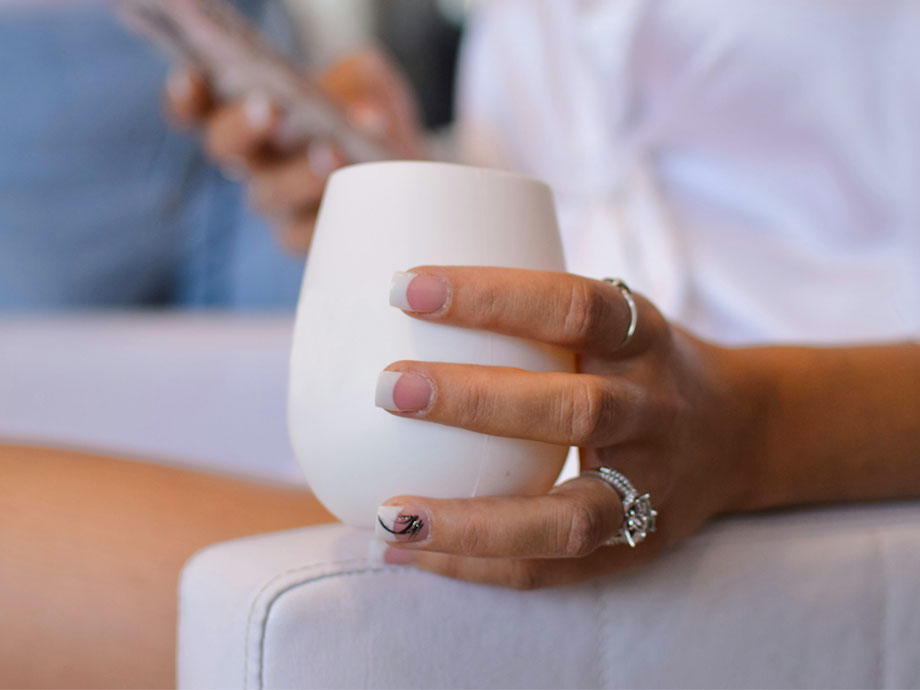
What Are the Steps to Mastering a French Manicure at Home?
Share
The Timeless Allure of French Manicures: A Guide to Styles and Techniques
French manicures have remained a hallmark of elegance in the nail art world. Known for their simplicity, versatility, and timeless appeal, they can be customized to suit any style or personality. Whether you prefer the classic look or modern twists, French manicures can enhance your nails with an undeniable charm. In this article, we explore the popular styles of French manicure, the precise techniques behind classic French nails, and creative methods for crafting unique designs.
1. Common Styles of French Manicures
French manicures come in a variety of styles to match personal preferences or special occasions. From the traditional to the avant-garde, each variation brings its own flair. Here are some popular options:
- Classic French Manicure: Features white tips paired with a pink or nude base for a timeless, elegant look.
- Reverse French Manicure: Flips the colors, with white or bold tips and a soft nude base.
- Diagonal French Manicure: Introduces a playful, modern twist by angling the French line on one side of the nail.
- V-shaped French Manicure: Creates a striking, edgy look with a V-shaped tip drawn at the nail's center.

These styles provide a canvas for creativity, allowing you to express yourself with colors, shapes, and designs.
2. Proportions and Techniques of Classic French Nails
The beauty of a classic French manicure lies in its balanced, symmetrical design. Achieving perfection requires attention to proportions and technique:
- Mark the Center Point: Begin by identifying the nail's center line and marking the midpoint at the front edge as point 0.
- Set the Starting Points: Mark two starting points at equal heights on each side of the nail. These determine the French line's curve.
- Divide and Connect: Split the nail into four vertical sections. Mark points C and D near the center, then connect points A, C, and 0 for a smooth curve. Repeat for points B, D, and 0.
- Refine the Curve: Use a steady hand to join the points with a gentle curve before filling in the tip with color.

3. Creative Techniques for Modern French Manicures
For those seeking a twist on tradition, various French manicure styles offer unique techniques:
- Flat French Manicure: Use multiple points (approximately 1/4 of the nail) for precision and a straight edge.

- Diagonal French Manicure: Position two points asymmetrically, connecting them with an angled line.

- Round French Manicure: Draw an arc across the upper half of the nail, ensuring smooth edges.

- Trapezoid French Manicure: Create wider tips by doubling the classic thin edge, then connect side points to form a trapezoid.

- Thin Edge French Manicure: Keep it minimal by outlining a thin edge along the nail tip.

- V-shaped French Manicure: Extend two diagonal lines from the center to the nail's edges for a bold, geometric effect.

- Reverse French Manicure: Position the horizontal line closer to the nail's base, approximately 1/5 from the bottom, for a subtle reverse look.

Each technique offers endless possibilities, enabling you to adapt your nails to any occasion or outfit.
Elevate Your Nail Game with French Manicures
Whether you lean towards classic elegance or crave creative experimentation, French manicures provide a sophisticated foundation for any look. With precise techniques and innovative designs, you can bring out the best in your nails, making a statement of style and personality.
French manicure is more than a nail trend—it's an art form that stands the test of time. Now’s the perfect moment to embrace this classic with a modern twist.
